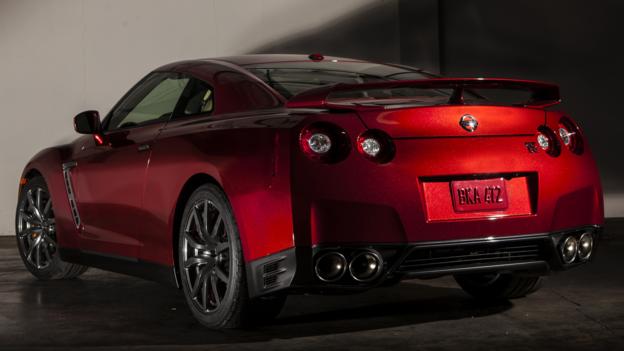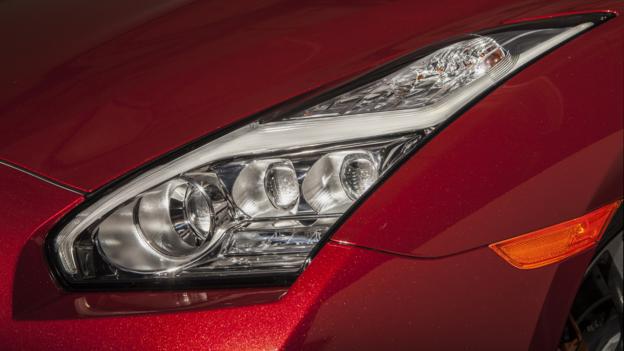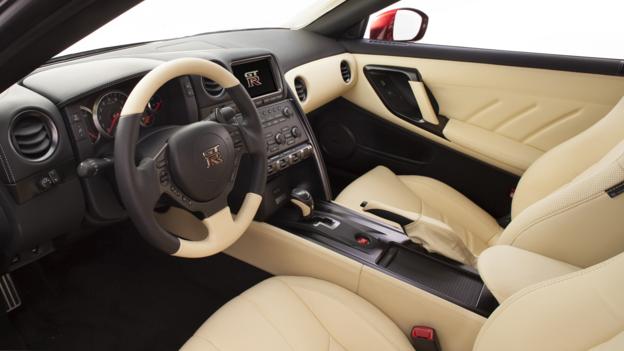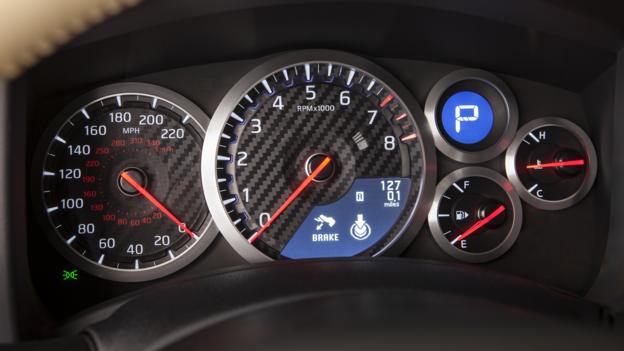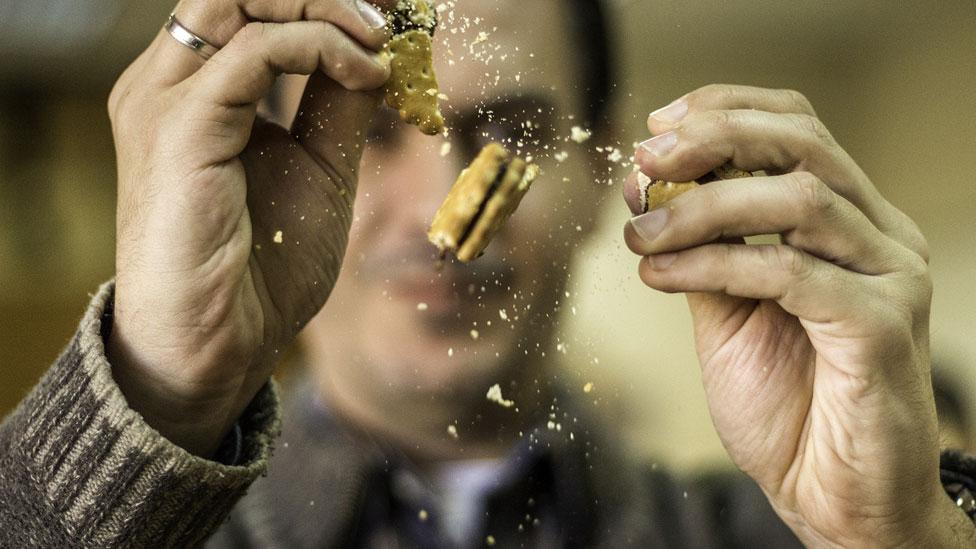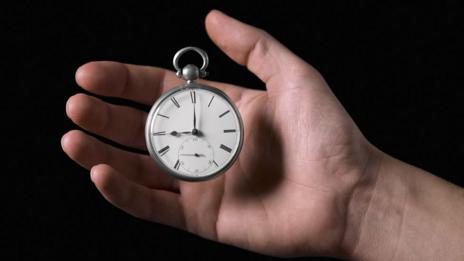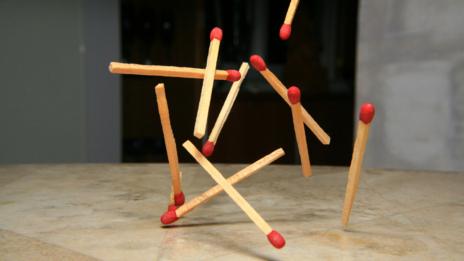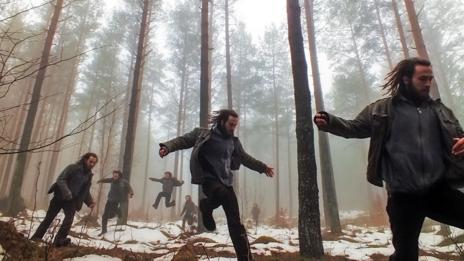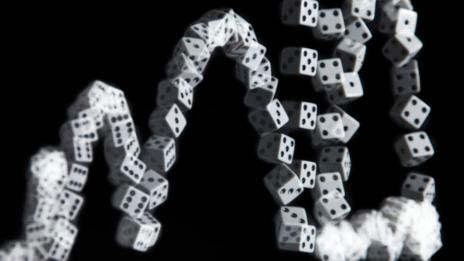HIDE CAPTION
- 2015 Nissan GT-R
- (Nissan North America)
To truly appreciate the Nissan GT-R, one must embrace not only what it is (which is a lot), but what it is not.
For one, it is not small; it is seven inches longer than a Porsche
911 Turbo and some 300 pounds heavier. It is not pretty, either, at
least not in a traditional sports-coupe sense. It is blunt-faced and
angular and too tall by half. The Ferrari 458 Italia, a performance
benchmark for Nissan engineers, is all sensual curves and scalpel
edges. The 911 Turbo, also on the engineers’ dartboard, has a disarming,
round-eyed expression that is more Beetle than beast. But there is
nothing supple or endearing about the GT-R. It is pure menace from any
angle. It looks every bit as angry as it is.That unalloyed contrarianism suits it, though. Introduced in 2009 and barely revised since, the GT-R is aging remarkably well. Scarcity helps. Even in car-mad parts of the world (Los Angeles comes to mind, a city with more Porsches than Stuttgart), the GT-R is an automotive unicorn. Nissan’s supercar could have easily coasted for a few more years with its street cred intact, but the team in Tochigi couldn’t leave well enough alone. Some subtle but important changes for the 2015 model year will keep the car known as Godzilla fresh until the next iteration, known internally as the R36, lands for the 2016 or 2017 model year.
The tested vehicle was a GT-R Premium, which sits below the more sinister Black Edition and the race-ready Track Edition. But despite being the de facto base model, the Premium feels anything but bottom-rung; indeed, all GT-Rs pack the same 545-horsepower engine, all-wheel drive and six-speed dual-clutch transmission – at least until the arrival of the 600hp GT-R Nismo.
The interior feels nicer now, with higher-quality bits in important places, and – thanks in no small part to a newly standard Bose Active Noise Cancellation system – an ambience that better suits the car’s six-figure price tag. Outside, new headlamps include LED elements that (possibly at the request of Nissan ambassador and GT-R fanatic Usain Bolt) form little lightning bolts. The Track edition also wears a carbon fibre composite trunk lid, which, says Nissan, weighs about half as much as the standard steel one.
There is a new paint colour for 2015 that is vibrant enough to merit its own paragraph. Called Regal Red – which for buyers in the US will add $3,000 to the car’s bottom line – this shiraz-toned paint boasts stirred-in flakes of actual 24-carat gold. In direct sunlight it is wholly dazzling finish, if a bit Vegas for this writer's tastes.
The bigger, if less conspicuous, news for 2015 is a recalibrated suspension, which yields a dramatically more pleasant ride and, though it seems difficult to imagine, improved road-holding. The more compliant ride tames the car’s in-traffic demeanour significantly, and combined with the noise-cancellation system, makes the GT-R seem almost civilised at legal speeds. Almost.
The GT-R remains one of the automotive world’s apex predators, thanks to a bona fide monster of an engine. Amid its salaciously exposed components, the twin-turbo 3.8-litre gasoline V6 carries a plaque with the name of the human being whose hands assembled it. Our test car’s engine was put together by one Nobumitsu Gozu – 545 cheers to you, sir; you have reason to be proud.
Full-throttle acceleration is a thrill ride of the highest order; Nissan has not offered an official zero-to-60mph time for the 2015 GT-R, but the 2014 model was well-known for ducking beneath the three-second mark. Such speeds put the GT-R within mere tenths of the Bugatti Veyron, but the Nissan actually feels quicker. The Bugatti is refined to a fault, and although its four-figure horsepower can distort a driver’s eyeballs under full-throttle, the car wraps its heroic feats in satin, blunting the experience a touch. The Nissan does nothing of the sort. A wide-open GT-R makes sounds that, with due respect to Bose, no amount of noise-cancelling electronics can defeat.
Dropping the throttle sets into motion a Saturn V-style launch sequence: fuel injectors pump, the engine draws a breath, the turbochargers spool and – ignition – the world simply blurs. On the other side of the firewall and beneath your seat, things are happening, loudly; parts are in motion, valves and flaps and actuators are clicking and popping and hissing. The engine is noisy, transmission is noisy, the differentials are noisy, the suspension is noisy. In the words of Dr Frankenstein: It’s alive!
It bears mention here, if only for comic relief, that the GT-R is EPA-rated at 16mpg in the city and 23mpg on the highway.
Nissan has made the GT-R a bit more civilised for 2015, but it's akin to Jane teaching Tarzan to hold a teacup; the King of the Jungle is still there. The GT-R's stupendous combination of speed and scarcity makes it the automotive world's greatest bang-for-buck proposition. It remains the model fo the modern halo car, and though it lacks the obvious cachet of a Ferrari or Porsche, its ferocity is well known – even (or perhaps especially) by Ferrari and Porsche drivers.

